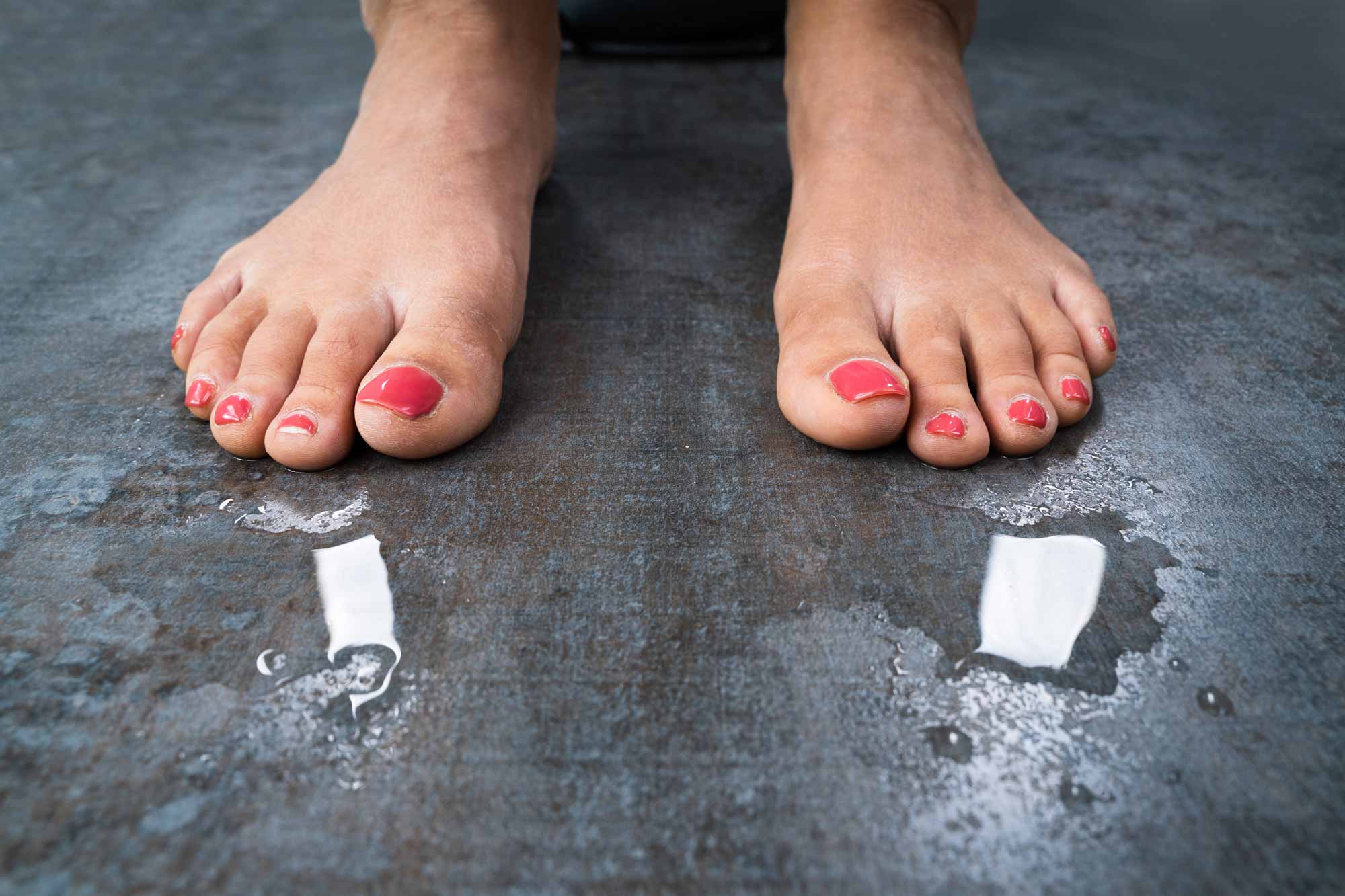How to Stop Sweaty Hands: Professional Dermatology Guidance for Handling Excessive Sweating
Revealing the Intricacies of Excessive Sweating: A Comprehensive Guide to Medical Diagnosis and Monitoring
Excessive sweating, clinically referred to as hyperhidrosis, is a problem that impacts a substantial variety of people and can have a profound influence on their top quality of life. While sweating is an all-natural bodily feature, its overactivity in hyperhidrosis offers a distinct collection of challenges that commonly exceed plain pain. Understanding the underlying causes, acknowledging the signs, and navigating the diagnostic process for hyperhidrosis can be elaborate jobs. In this comprehensive guide, we will check out the complexities of hyperhidrosis, from its medical diagnosis to the variety of therapy alternatives readily available, clarifying reliable monitoring approaches for those facing this problem.

Recognizing Hyperhidrosis Causes
Hyperhidrosis causes can be connected to various aspects such as genes, hormonal inequalities, and certain clinical problems. Genetics play a substantial role in key focal hyperhidrosis, where individuals inherit the condition from their household members. By identifying the certain factors contributing to extreme sweating, medical care service providers can customize therapy strategies to address the underlying reason, offering alleviation and improving the high quality of life for individuals influenced by hyperhidrosis.
Recognizing Hyperhidrosis Effects

Furthermore, hyperhidrosis symptoms might materialize in social and emotional distress, as people may really feel self-conscious or nervous about their sweating, bring about evasion of social situations (Exessive Sweating). In addition, repeated episodes of too much sweating can cause skin maceration, fungal infections, and a general decrease in self-worth
Diagnostic Refine for Hyperhidrosis
Initiating the analysis process for excessive sweating entails extensive examination of the person's medical background and physical exam. Making inquiries about the onset, period, and sets off of sweating episodes is vital to separate in between primary focal hyperhidrosis and secondary generalized hyperhidrosis. Medical history should additionally consist of questions about drugs, medical problems, and family history of hyperhidrosis.
Throughout the physical exam, certain attention is paid to the areas impacted by sweating. The healthcare company may evaluate the level of sweating, look for signs of underlying conditions, and review the impact of sweating on the individual's lifestyle. In addition, certain tests like the gravimetric test, starch-iodine examination, or skin conductance dimensions might be conducted to measure the amount of sweat generated.
Additionally, in situations where additional hyperhidrosis is presumed, extra examinations such as blood examinations, pee examinations, and imaging researches might be advised to recognize the underlying source of too much sweating. The analysis procedure intends to precisely figure out the type and root cause of hyperhidrosis to direct suitable management strategies.
Therapy Alternatives for Hyperhidrosis
When addressing too much sweating, different treatment options are available to alleviate signs and symptoms and improve the person's lifestyle. The treatment method for hyperhidrosis depends on the extent of signs and the client's response to first treatments.
Topical therapies, such as aluminum-based antiperspirants, are typically recommended as the initial line of defense for handling mild instances of hyperhidrosis. These items work by plugging the sweat air ducts, therefore decreasing the quantity of sweat that reaches the skin's surface area. For individuals with much more severe signs and symptoms, oral drugs like anticholinergics might be suggested to aid lower sweating. Nonetheless, these drugs can have adverse effects and are not ideal for everybody.

Effective Management Approaches
To successfully take care of hyperhidrosis, a customized and detailed therapy strategy tailored to the individual's certain demands and reaction to previous therapies is necessary. This strategy might incorporate a mix of therapeutic approaches, consisting of way of life alterations, topical therapies, oral medications, botulinum toxin shots, iontophoresis, and in serious situations, surgical treatments like sweat gland removal or sympathectomy. Way of living adjustments such as using moisture-wicking clothing, making use of antiperspirants, and practicing stress-reducing techniques can enhance clinical interventions. Topical antiperspirants having light weight aluminum chloride are typically the first-line treatment, with more powerful formulas available for immune cases. Dental drugs like anticholinergics may be suggested for generalised hyperhidrosis. Botulinum toxin shots are effective for focal hyperhidrosis, providing momentary relief by obstructing the launch of acetylcholine. Iontophoresis, including making use of a reduced electrical present to decrease gland activity, can be useful for both palmoplantar and axillary hyperhidrosis. Surgical alternatives are normally scheduled for extreme, refractory situations and call for cautious factor to consider of dangers and advantages. A multidisciplinary technique involving skin specialists, health care physicians, and, if needed, cosmetic surgeons, can enhance the management of hyperhidrosis.
Verdict
In final thought, hyperhidrosis is a condition identified by extreme sweating, which can considerably affect a person's top quality of life. By comprehending the reasons, identifying the signs and symptoms, and undertaking the analysis procedure, doctor can effectively manage this problem. Therapy alternatives consist of topical medicines, oral medicines, injections, and even surgeries in extreme instances. With correct medical diagnosis and administration techniques, individuals dealing with hyperhidrosis can find alleviation and boost their general wellness.
Excessive sweating, clinically known as hyperhidrosis, is a problem that influences a considerable number of individuals and can have an extensive effect on their quality of life. By recognizing the certain factors adding to extreme sweating, healthcare carriers can customize treatment strategies to deal with the Treatment for hyperhydrosis of hands and feet underlying reason, using relief and boosting the high quality of life for people impacted by hyperhidrosis.
Hyperhidrosis, identified by extreme sweating past what is required for managing body temperature level, can considerably influence an individual's top quality of life. Inquiring concerning the onset, period, and triggers of sweating episodes is critical to separate in between primary focal hyperhidrosis and additional generalised hyperhidrosis. How to stop sweaty hands.In final thought, hyperhidrosis is a problem characterized by too much sweating, which can considerably impact an individual's high quality of life